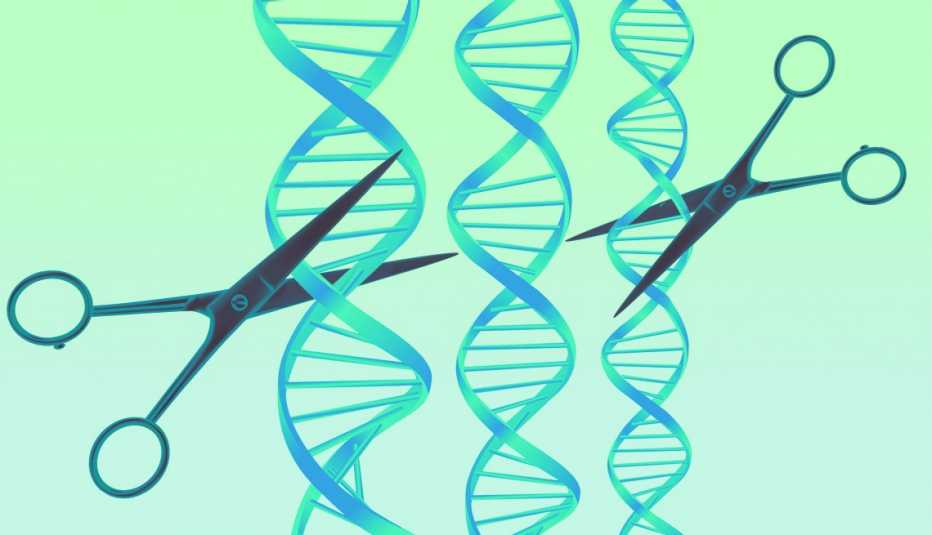Staying Fit


A landmark drug approval to treat a single disease may shepherd in a new era of medicine that targets multiple diseases at the genetic level.
In December, the U.S. Food and Drug Administration (FDA) approved a first-of-its-kind infusion therapy for the treatment of sickle cell disease that utilizes CRISPR, a much-talked-about gene-editing technology. CRISPR allows researchers to attack a disease by altering a patient’s genetic material.


AARP Membership— $12 for your first year when you sign up for Automatic Renewal
Get instant access to members-only products and hundreds of discounts, a free second membership, and a subscription to AARP the Magazine.
Scientists often describe CRISPR as a pair of molecular “scissors,” since the tool can create a precise break in strands of DNA, the genetic code passed from parent to offspring, to alter a gene in a beneficial way.
Many diseases are caused by mutations or DNA-related problems, says Erik J. Sontheimer, chair of biomedical research and a professor at the University of Massachusetts Chan Medical School. “If we could go and actually fix the mutation in the genome [the entire set of DNA instructions found in a cell], then you would be addressing the problem at its source,” he says. A one-and-done treatment, if you will — at least that’s the idea.
“It’s really a whole new way of doing medicine,” Sontheimer says.
Here’s a look at five conditions that could one day be treated with gene-editing therapies developed with CRISPR technology:
1. Certain cancers
Scientists are studying whether CRISPR can help treat certain cancers, such as leukemia and multiple myeloma. In early-phase studies, researchers are modifying T cells — immune cells that fight invaders — to target and destroy cancer cells.
“You’re not actually using CRISPR on cancer cells themselves. Instead you’re making T cells with new capabilities, and the T cells are doing the therapeutic job,” Sontheimer says.
Scientists are also studying whether edited cells from a healthy donor, when delivered to someone with cancer, can successfully attack cancer cells and avoid being detected by the recipient’s own immune system. Researchers say this “off the shelf” approach is more cost- and time-efficient than custom editing each individual patient’s cells.




































































More on Health
5 Top Medical Breakthroughs of 2023
Research that’s changing the future for older AmericansFirst Steps to Treating Dementia May Lie in Related Diseases
ALS research could lead to dementia drugsThese Are the 8 Vaccines You Need After 50
Are you up to date on all the recommended vaccines?
Recommended for You